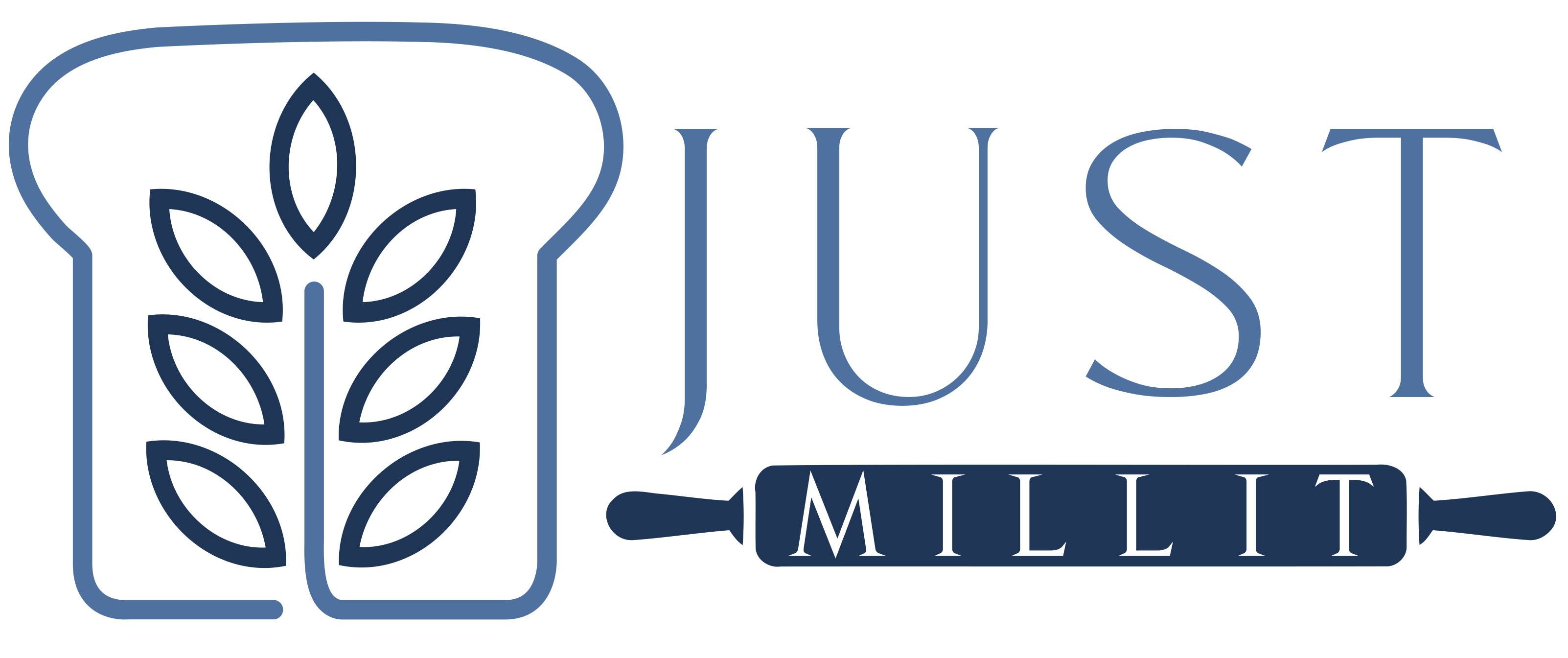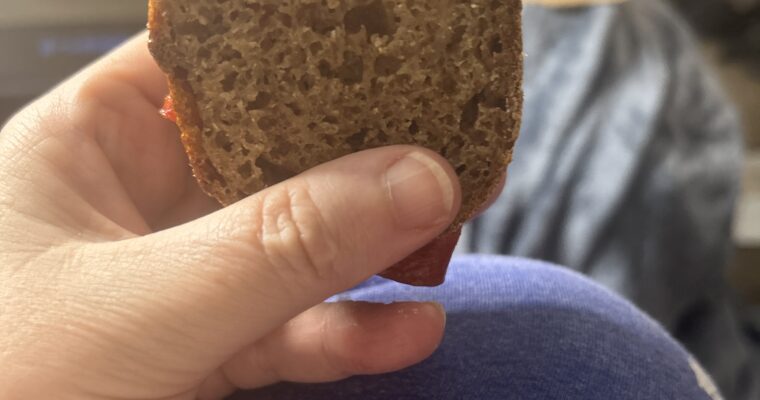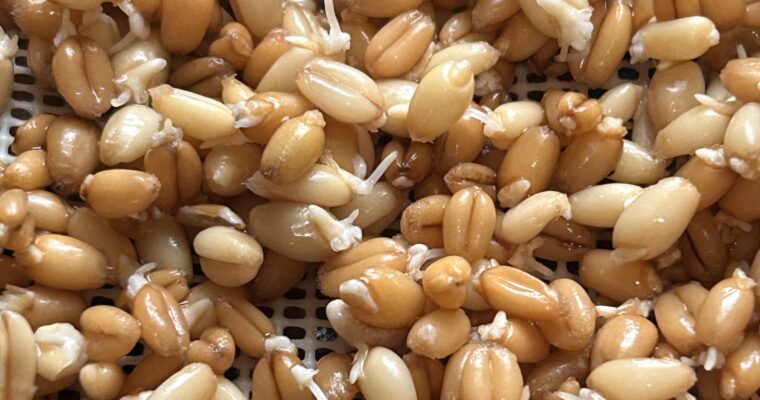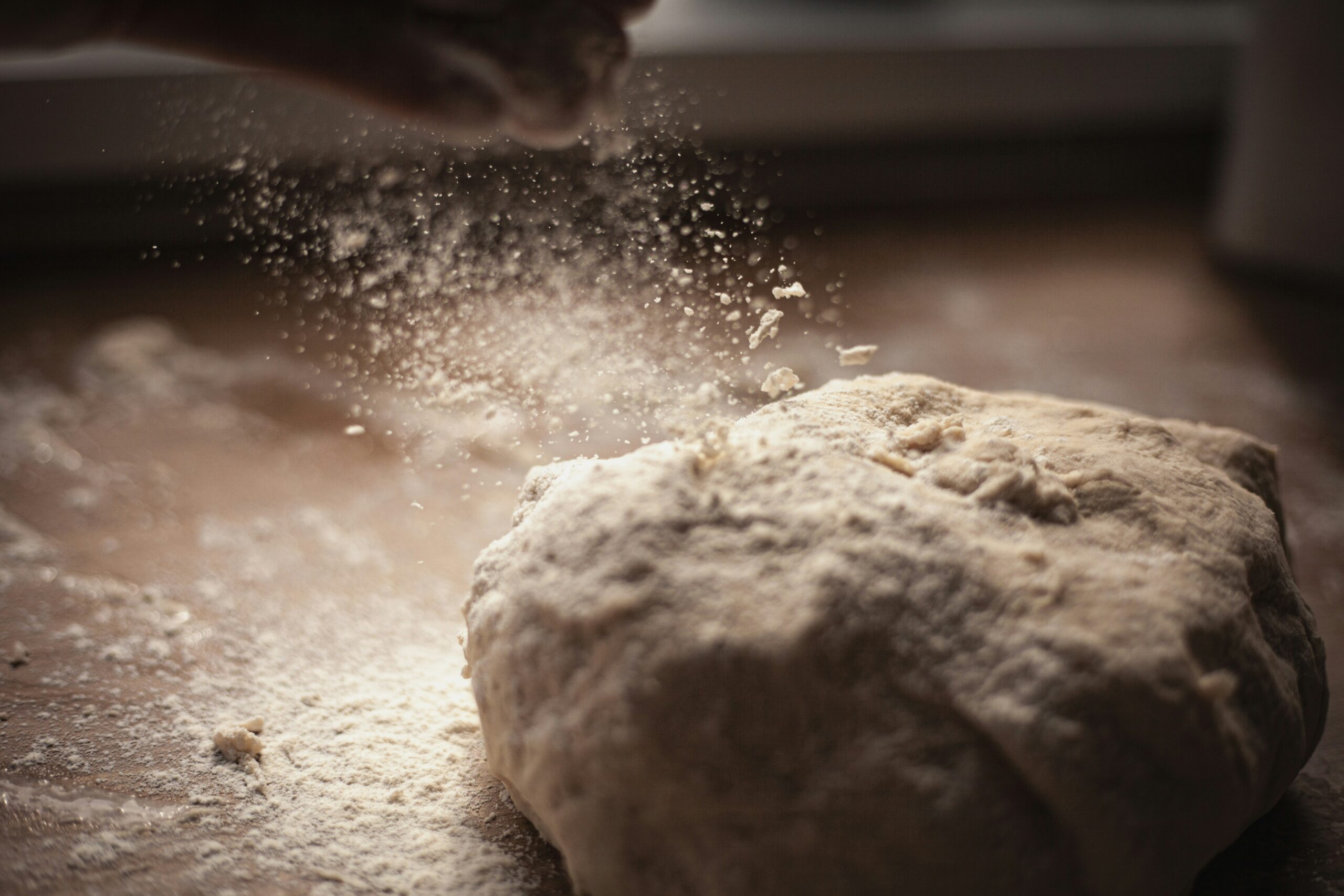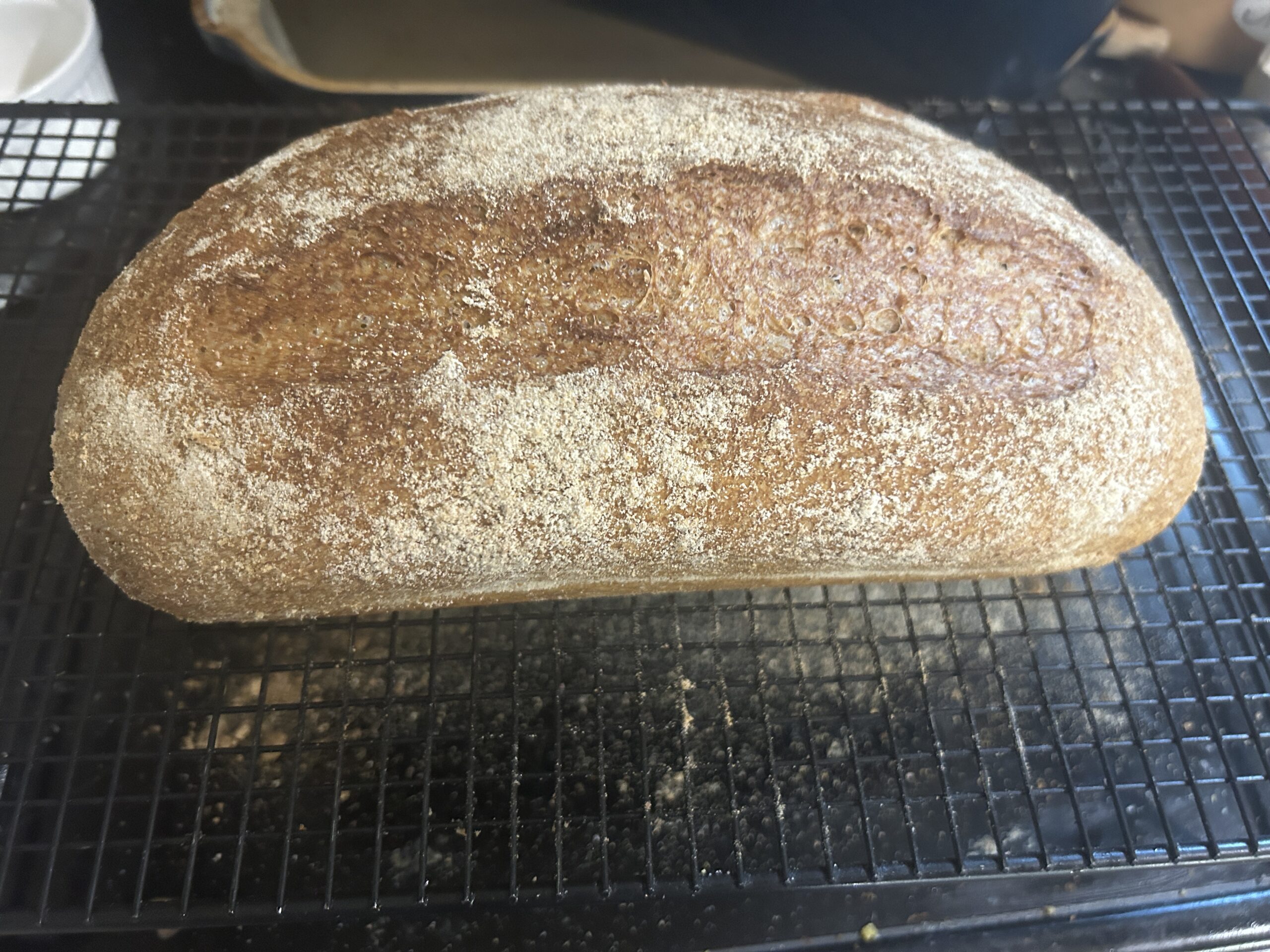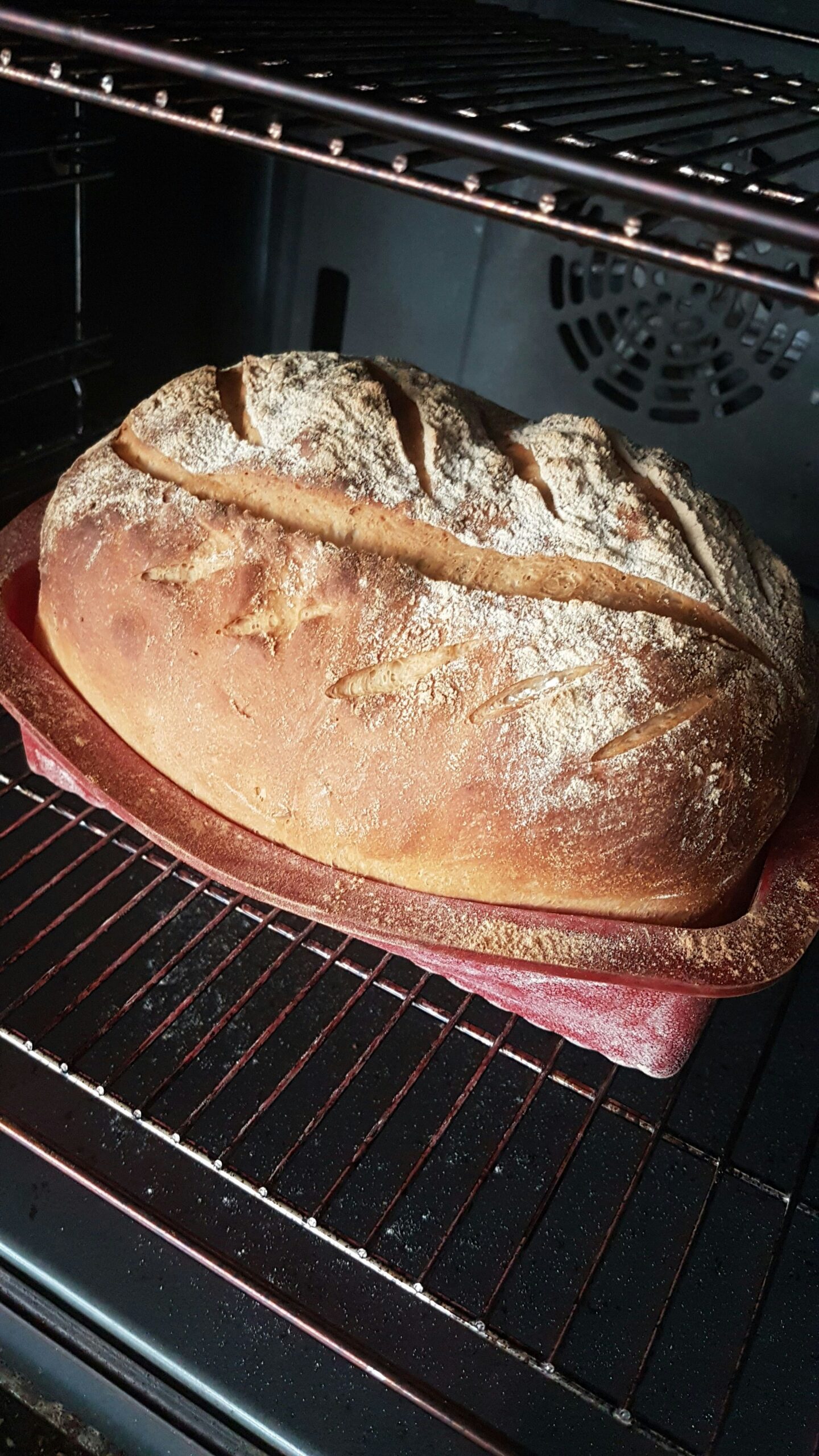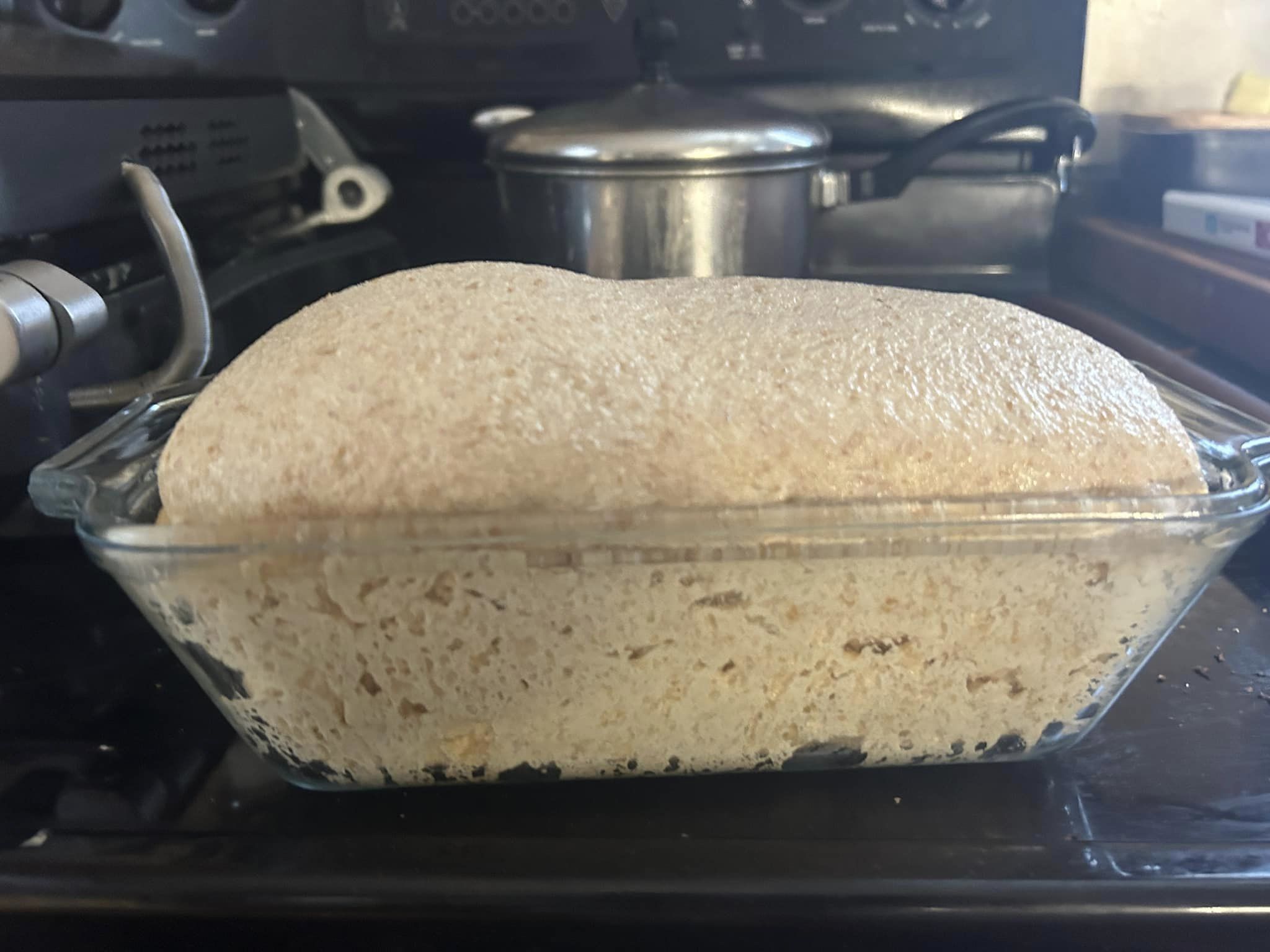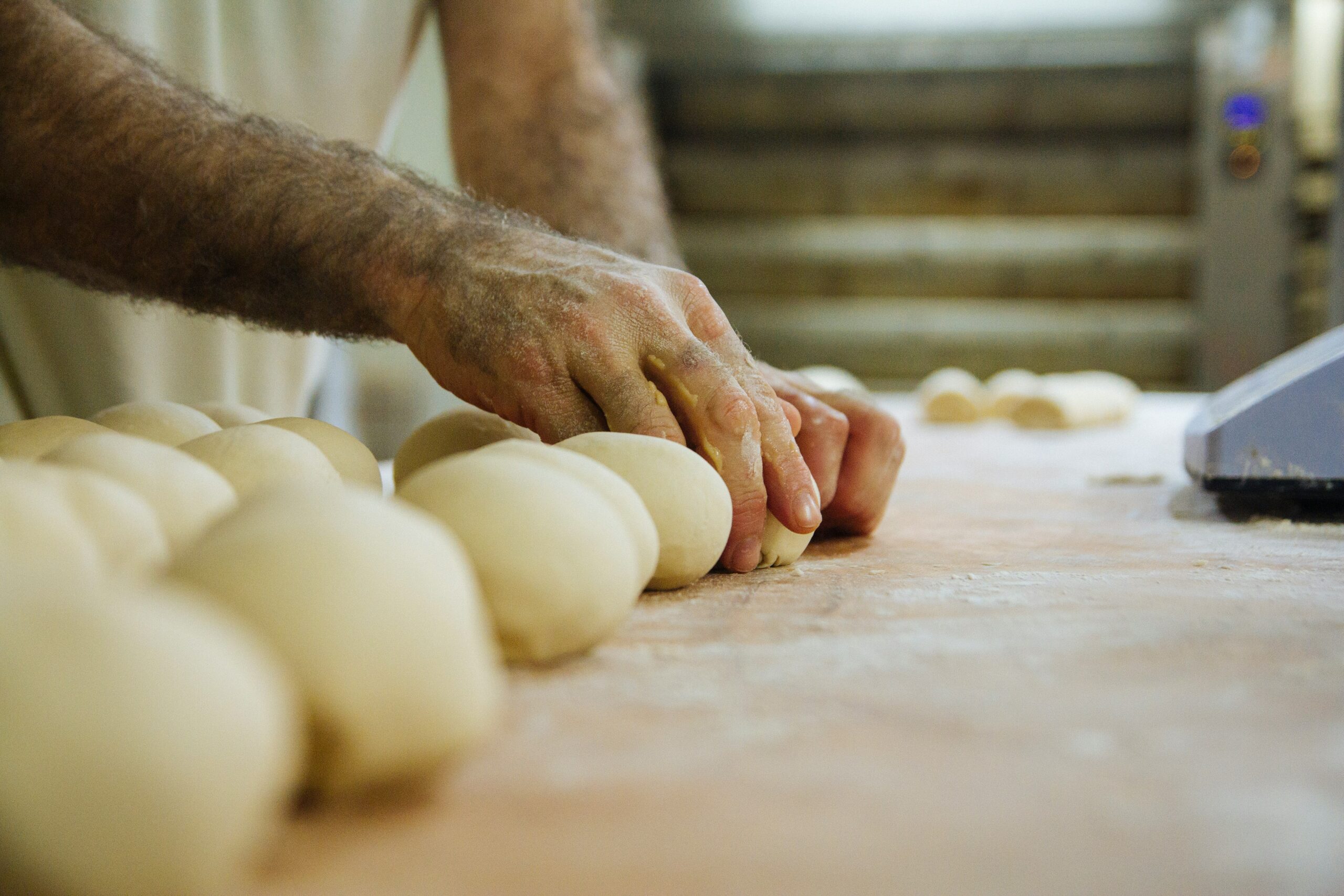Fresh Milled Stiff Sourdough Starter
When I first started milling, I wanted to do it all the healthiest way and right away. So I dove into sourdough. I was sorely disappointed, and decided to forget about it and master the yeast breads. I am SO GLAD I did. So why read more…
